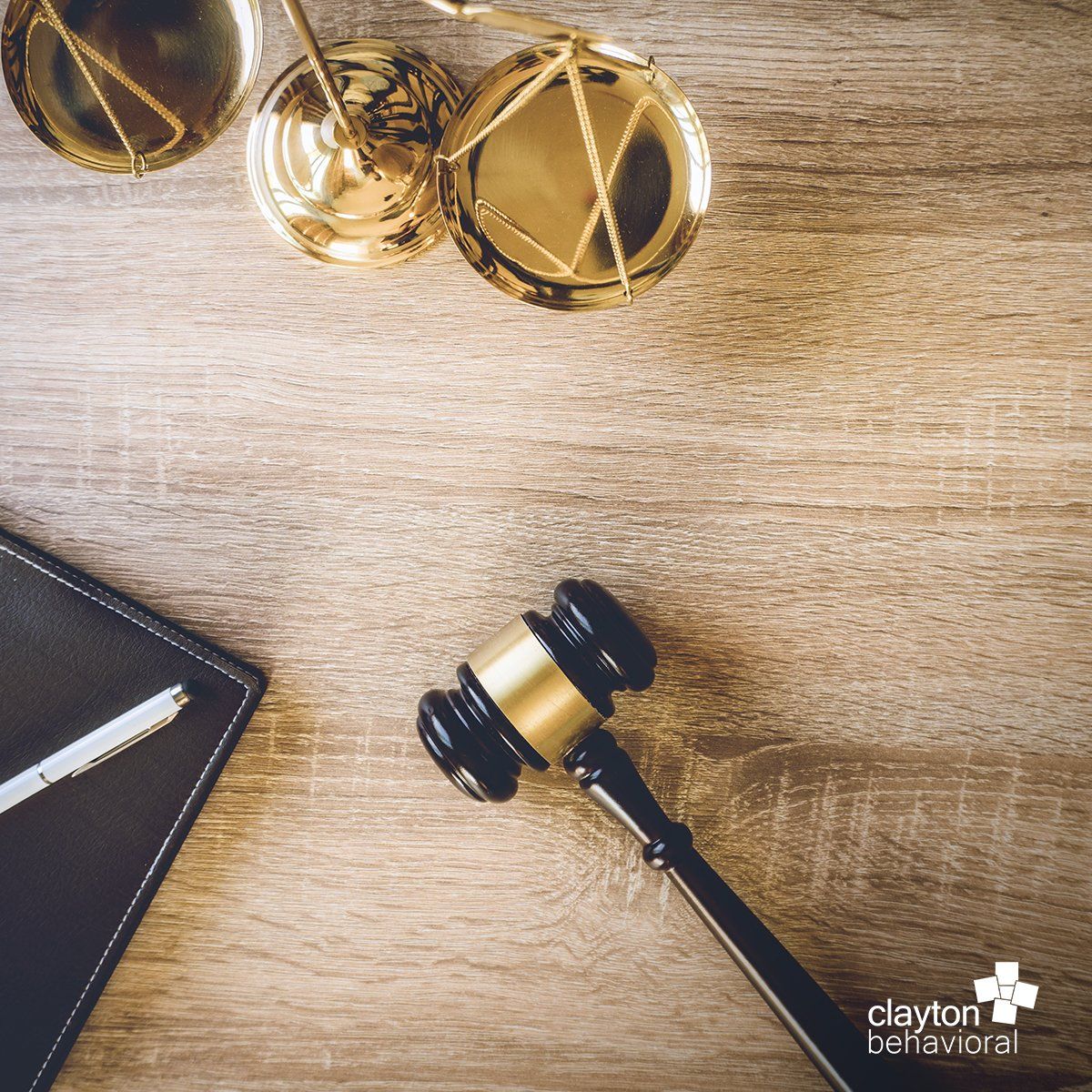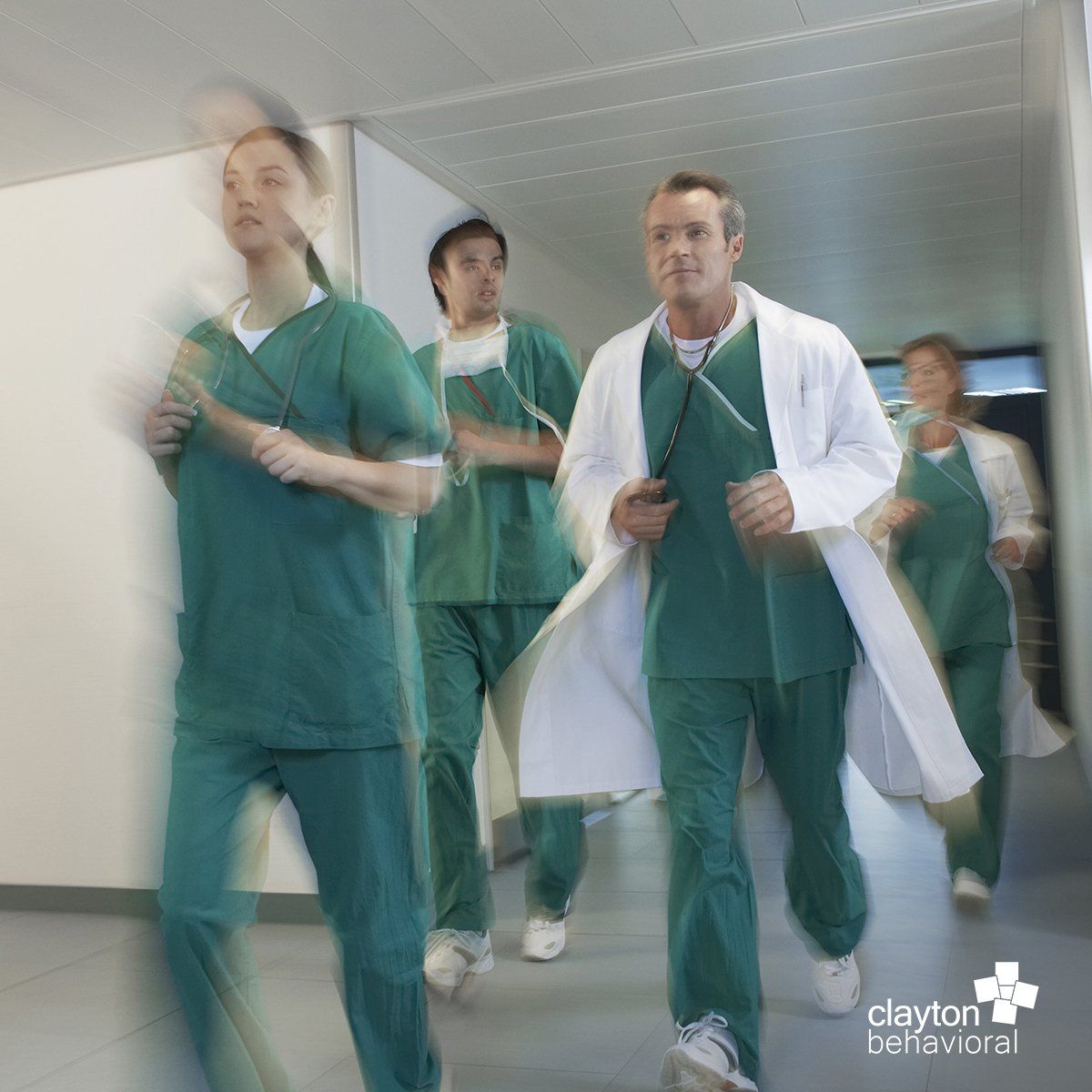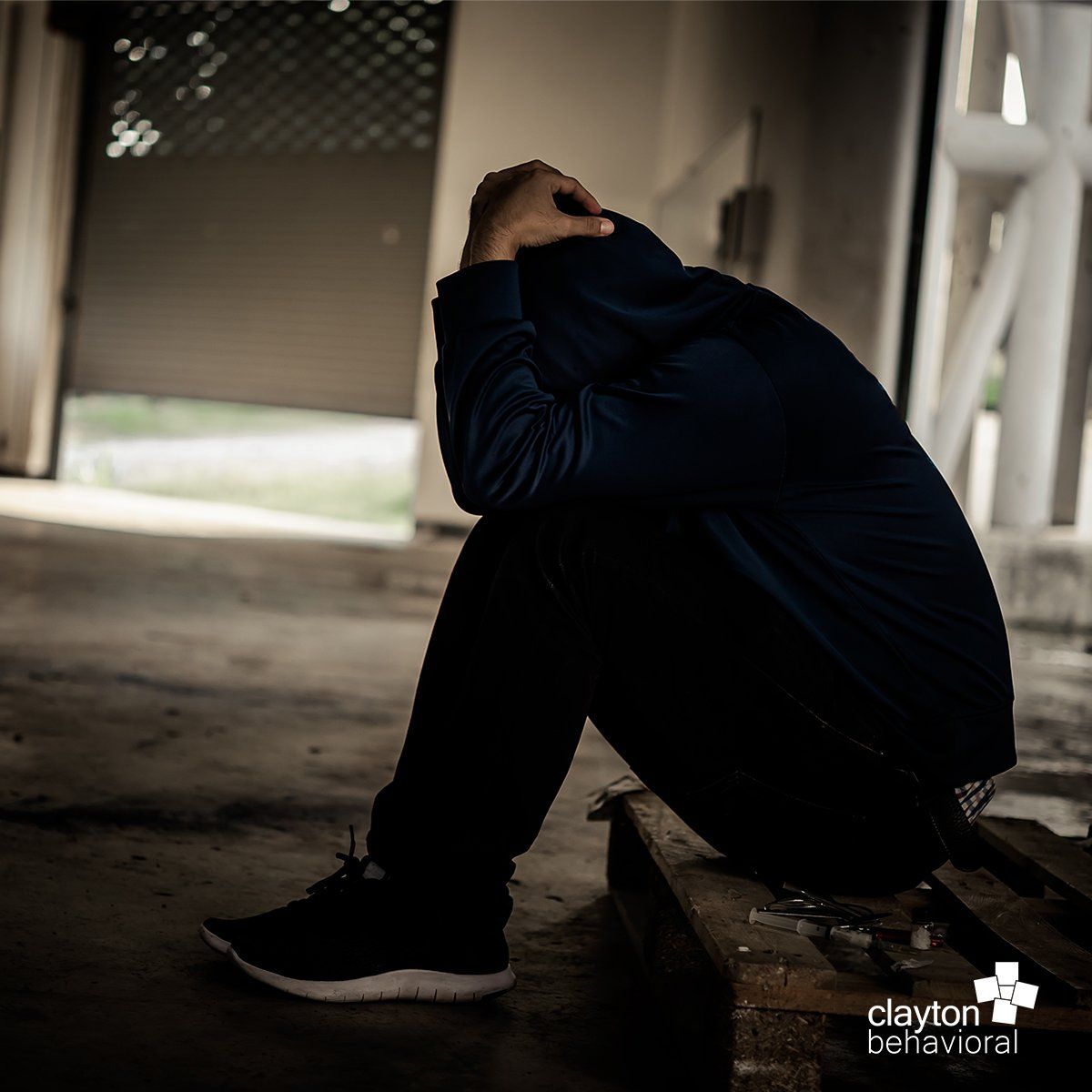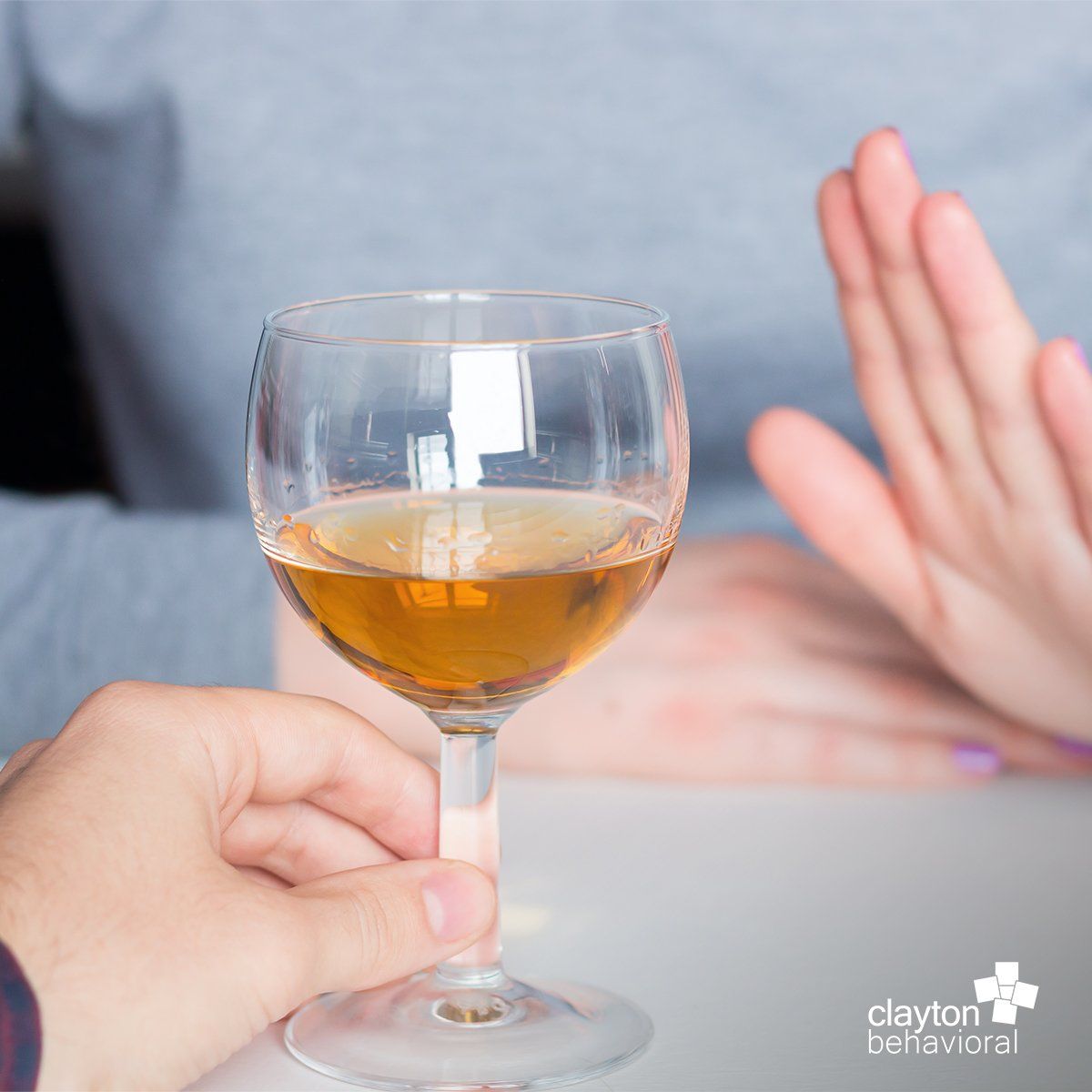Five Common Types of Feeling Sad

Generally characterized by feelings of overwhelming hopelessness and sadness, the condition of depression has many facets, and there’s no one-size-fits-all diagnosis. It’s important to understand the signs and symptoms to discover what the next steps to getting back to daily life will include.
According to statistics from the World Health Organization (WHO), over 350 million people suffer from depression worldwide, and that only about 50 percent of these individuals will ever receive treatment. This may be due to the fact that not everyone who is depressed will experience every warning sign. The range of symptoms people experience vary widely—as do the severity of the symptoms.
While there are many variations of depression, some common subtypes of depression include major, situational, persistent, atypical and seasonal. Read on and ask yourself: “Do any of these symptoms sound familiar?”
Major Depressive Disorder
When people use the term clinical depression, they are generally referring to the most common type of depression, also known as major depressive disorder (MDD). In fact, according to the National Institute of Mental Health (NIMH), about 7 percent of the adult population in the U.S. suffers from this mental health disorder.
While the primary symptom is an overwhelming depressed mood for more than two weeks, it can affect all aspects of the person’s life, including work, home life, relationships and friendships. Some may find it difficult to get motivated for day-to-day activities—but finding help can sometimes be an even bigger challenge.
In addition to a structural difference in the brain, major depressive disorder is a mood disorder that can be characterized by a number of key features:
- Depressed mood
- Lack of interest in activities normally enjoyed
- Changes in weight
- Changes in sleep
- Fatigue
- Feelings of worthlessness and guilt
- Difficulty concentrating
If you have any of these symptoms for two weeks or longer, you may be suffering from major depressive disorder. When seeking treatment, MDD can often be treated with psychotherapy and antidepressant medication.
Adjustment Disorder
While this type of depression is often triggered by a by a stressful or life-changing event, situational depression is about three times more common than major depression—with about 10 percent of adults and up to 30 percent of adolescents experiencing this condition.
Though symptoms may clear up once the event has passed, it doesn’t mean they should be ignored. In fact, if symptoms go untreated, it can sometimes lead to major depression.
Symptoms of situational depression may include:
- Feeling nervous
- Having body symptoms such as headaches, stomach aches, or heart palpitations
- Missing work, school, or social activities
- Changes in sleeping or eating habits
- Feeling tired
- Abusing alcohol or drugs
Also known as an adjustment disorder , a diagnosis is often made when depression occurs within three months of a stressful event. With treatment, the goal is to help find ways to cope with stress and get back to daily life. From counseling with a mental health professional to support groups and family therapy, situational depression is a disorder that can and should be treated.
Persistent Depressive Disorder
Persistent depressive disorder, once commonly referred to as dysthymia , is a less severe type of depression that affects about 2 percent of the population—but is a very real disorder and can be difficult to understand and manage alone.
Because of their reduced intensity, symptoms can be confusing when compared to major depression, but can still be treated. Some of these symptoms include:
- Persistent low mood
- Sadness
- Trouble concentrating
- Fatigue
- Changes in sleep habits and appetite
Although brain function and emotional processing are thought to play a role, this depression type usually responds better to talk therapy than to medications. However, some studies suggest that combining medication with talk therapy may lead to the greatest improvement.
Atypical Depression
Despite its name, atypical depression is not unusual. In fact, it’s one of the more common types of depression, and some doctors even believe it goes underdiagnosed. While a study published in the Archives of General Psychiatry found that oversleeping and overeating are the two most important symptoms in diagnosis, other signs include:
- Excessive eating or weight gain
- Excessive sleep
- Fatigue, weakness and feeling "weighed down"
- Intense sensitivity to rejection
- Strong reactive moods
- Relationship problems
Atypical depression tends to have an earlier onset than other types of depression and begins as early as the teenage years. Although selective serotonin reuptake inhibitors (SSRIs) and other newer medications are often the first choice for depression treatment due to a lesser likelihood of side effects, patients with atypical depression tend to respond better to monoamine oxidase inhibitors (MAOIs). However, you should consult your doctor to determine the best option for you.
Seasonal Affective Disorder
Also known as seasonal depression or SAD, seasonal affective disorder occurs during the winter months when there is less natural sunlight. Believed to be triggered by a disturbance in the body’s normal circadian rhythm, people with SAD may experience depression, sleepiness and weight gain in the winter months.
A popular treatment for SAD , known as heliotherapy or light therapy , consists of special lamps that use high-power, broad-spectrum bulbs to mimic the effects of natural sunlight. However, this treatment should never be used without consulting a medical professional. Similarly, medication has also been found to be effective in treating SAD, and can even be used in addition to light therapy.
If you think you or someone you know may be affected by depression or depression associated with substance abuse, please contact us for a confidential individual or family consultation at 314-222-5830, visit our website or send us an email for more information.









